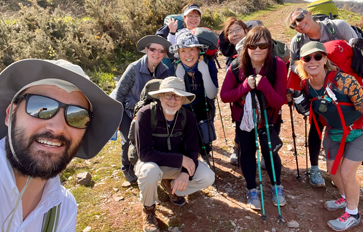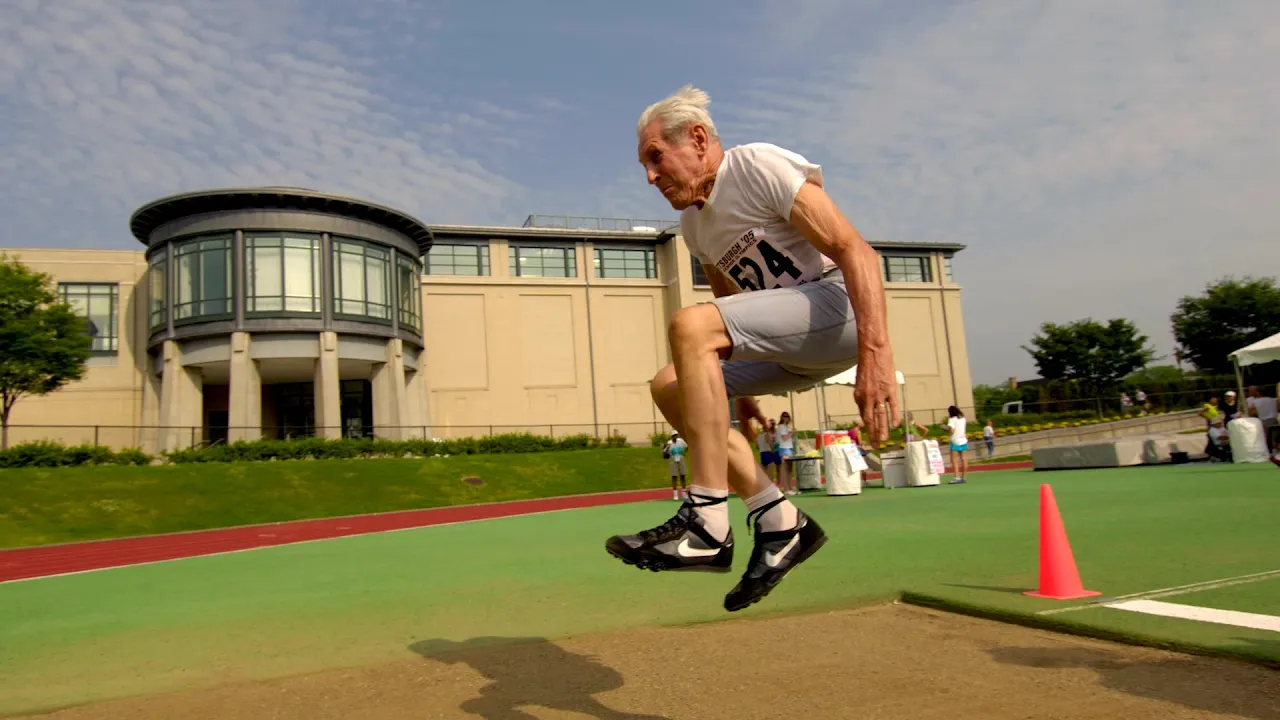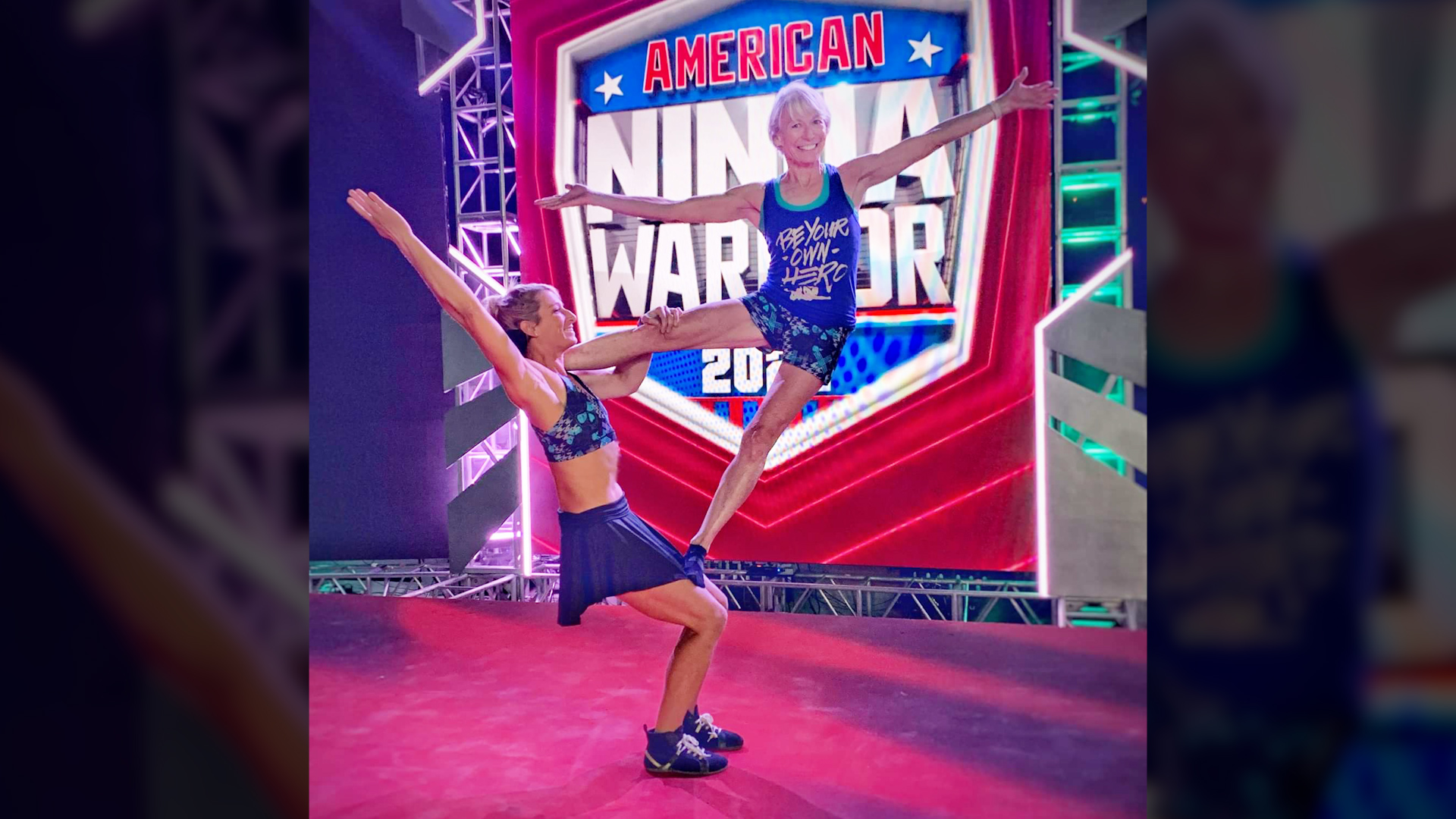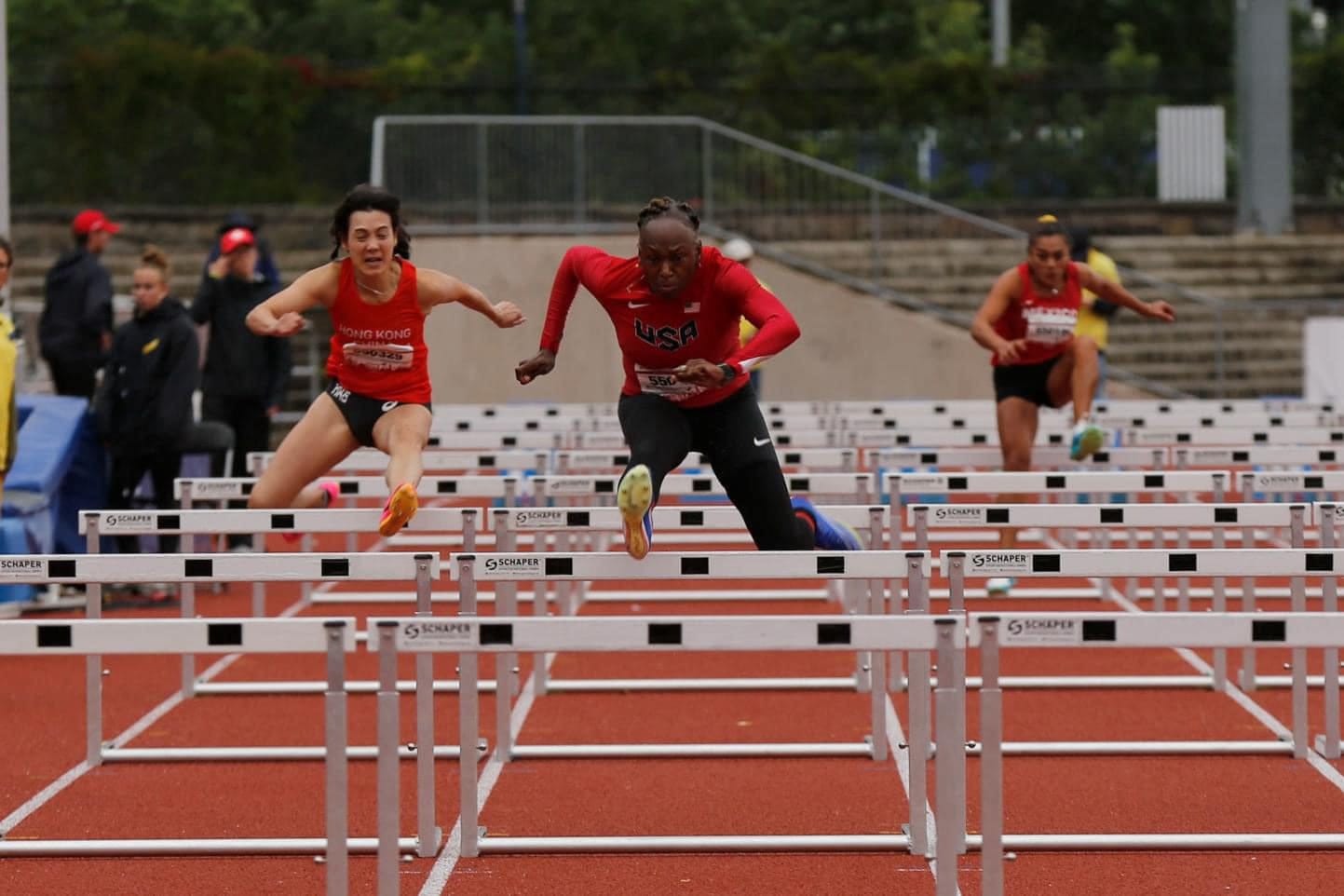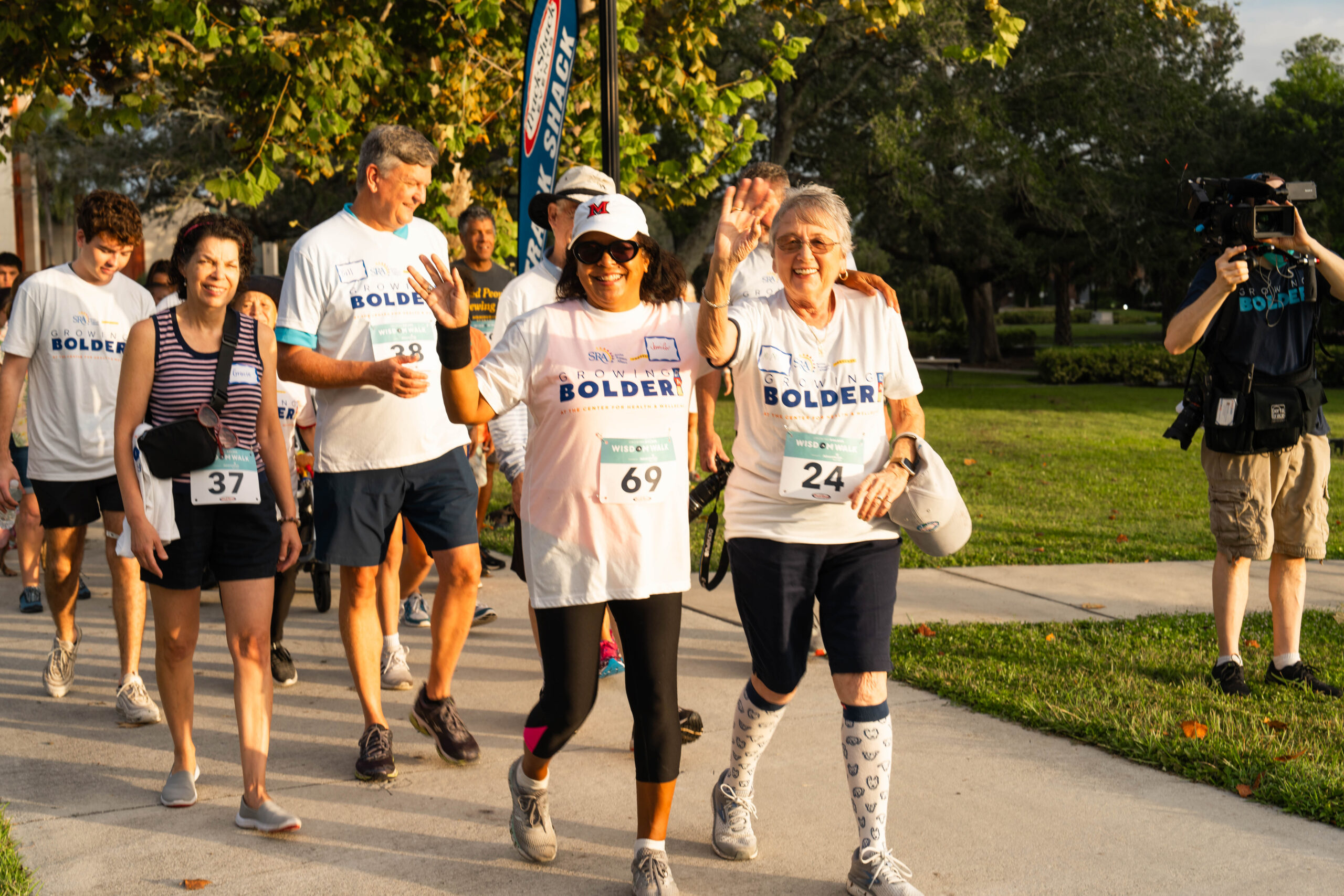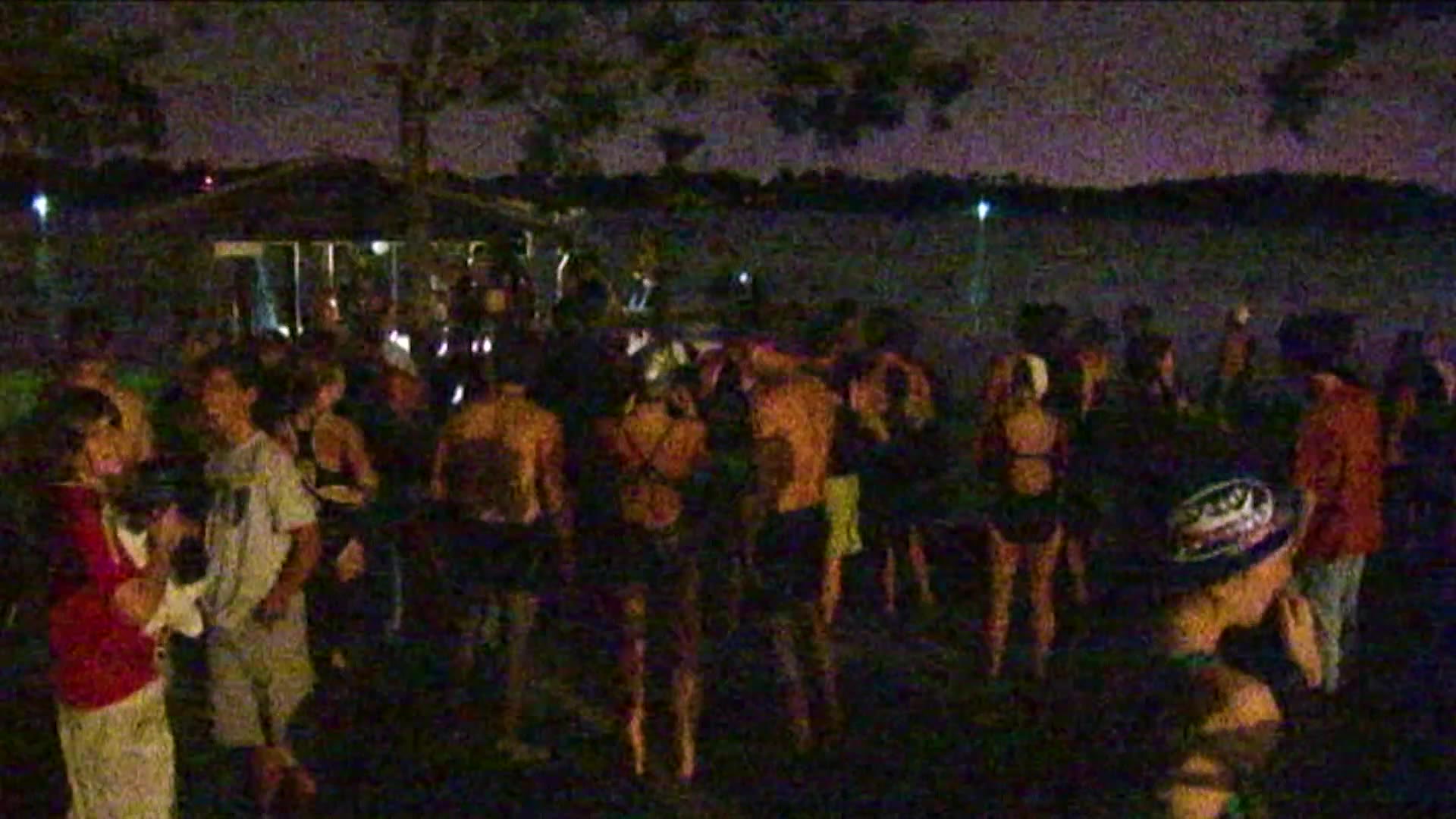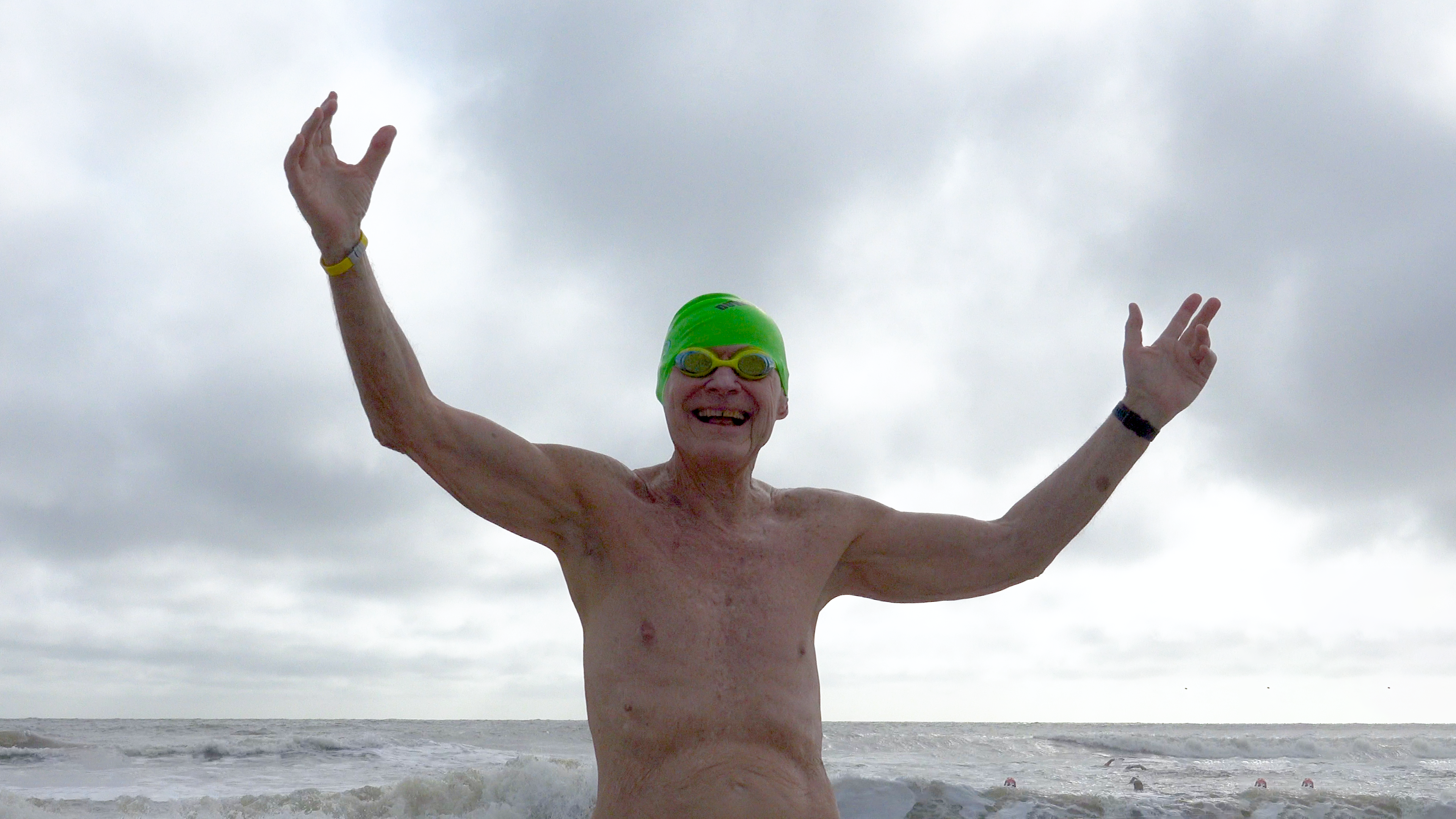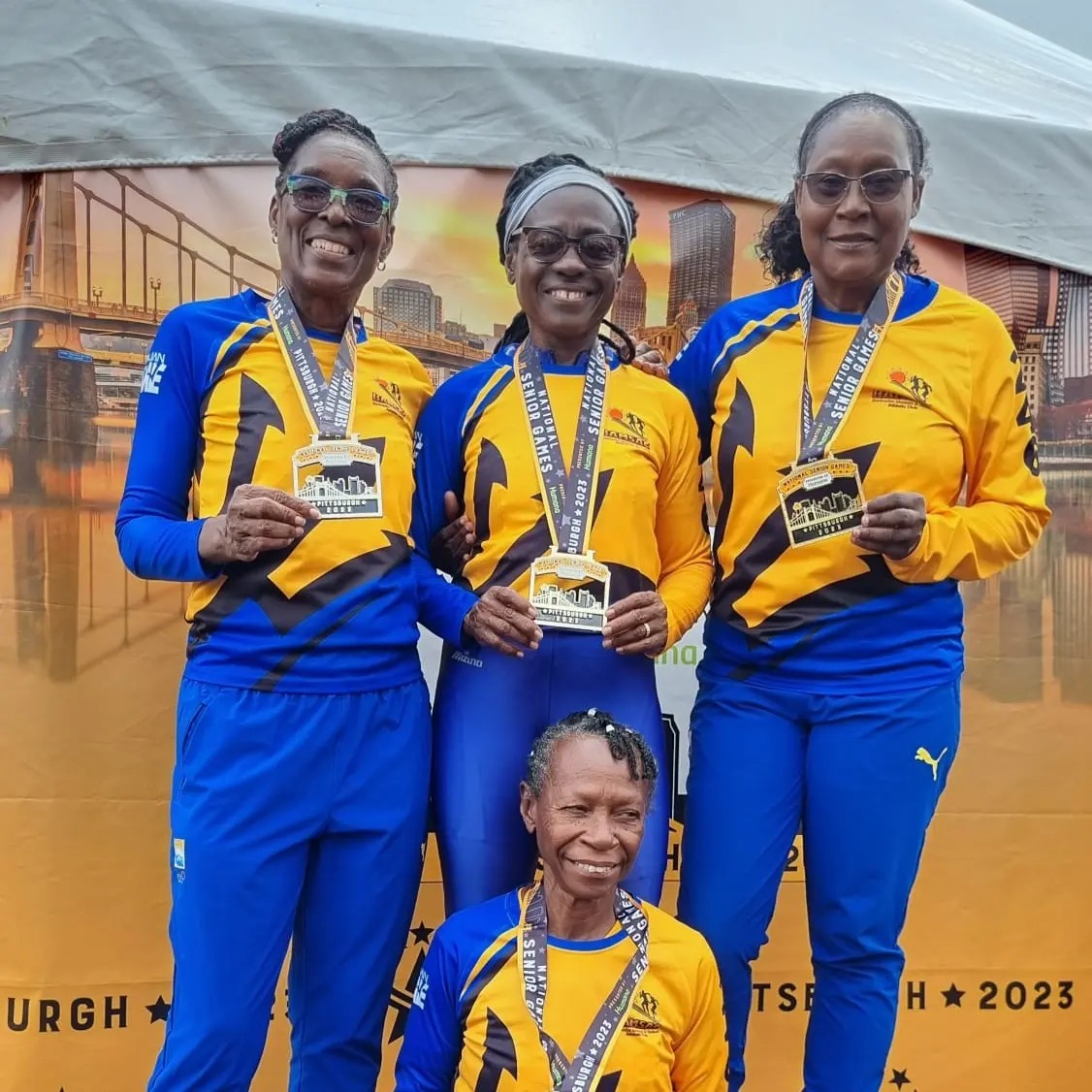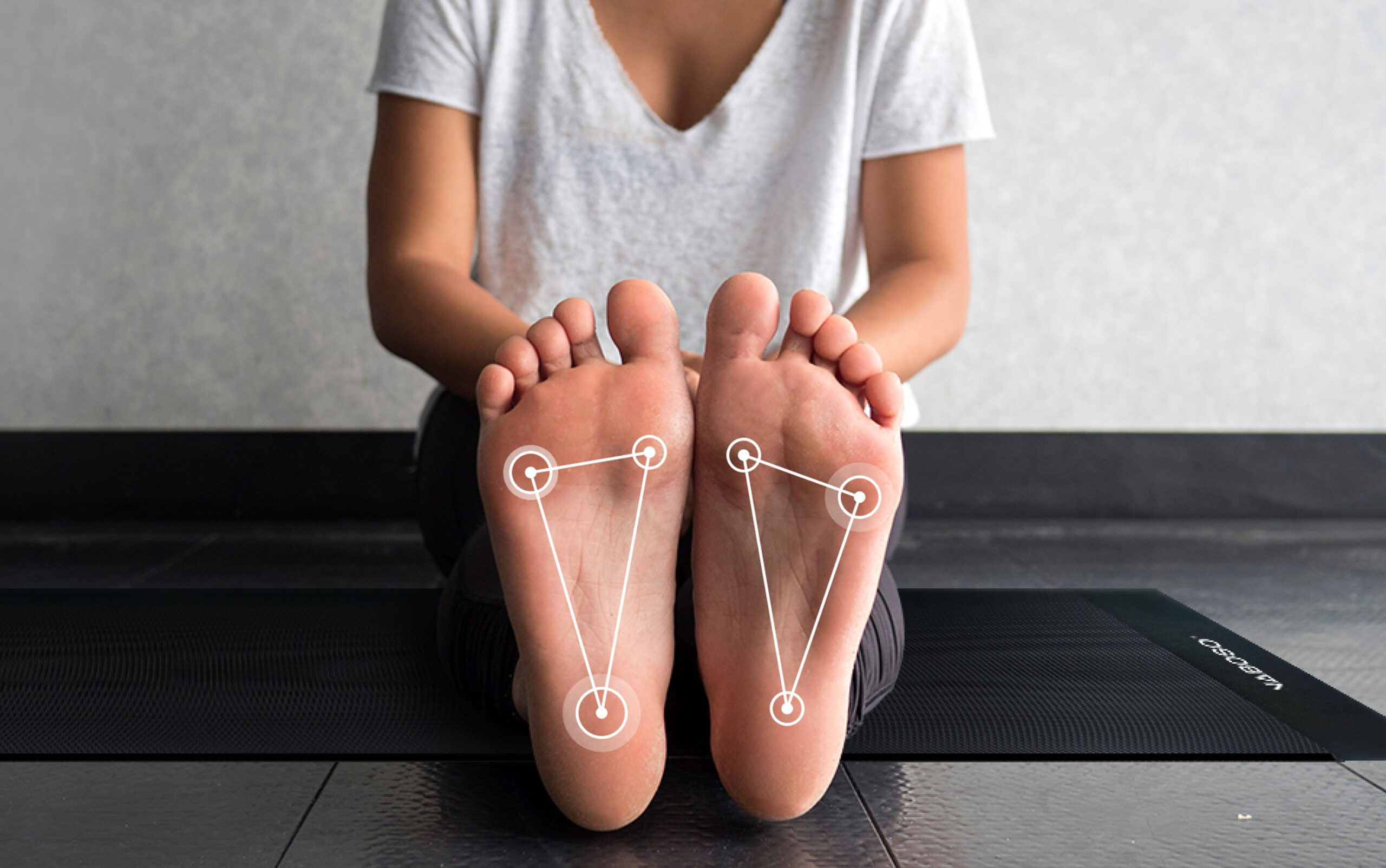Last Updated on October 27, 2022
A Grieving Mother Finds Peace And Community Along The Camino De Santiago
Each year over 200,000 people traverse a network of routes across Europe convening at the Cathedral of Santiago de Compostela in northwest Spain. Called the Camino de Santiago, or in English “The Way of St. James,” the pilgrimages reportedly began at the beginning of the 9th century when the remains of Saint James were discovered in Santiago. Then they came to pay homage to the apostle. Today modern-day pilgrims make the trip for a variety of reasons — searching for a new challenge, a spiritual connection, or to immerse themselves in nature for an extended time. The average route is 500+ miles and takes over 30 straight days of walking.
Donna Mina’s Camino calling came three years after her daughter’s death. “I was at a place in my life where I kind of procrastinated my grief,” Mina said. “I really needed some open space and time to be able to think through and just process my life and see what I wanted to do next; what was important, what wasn’t.”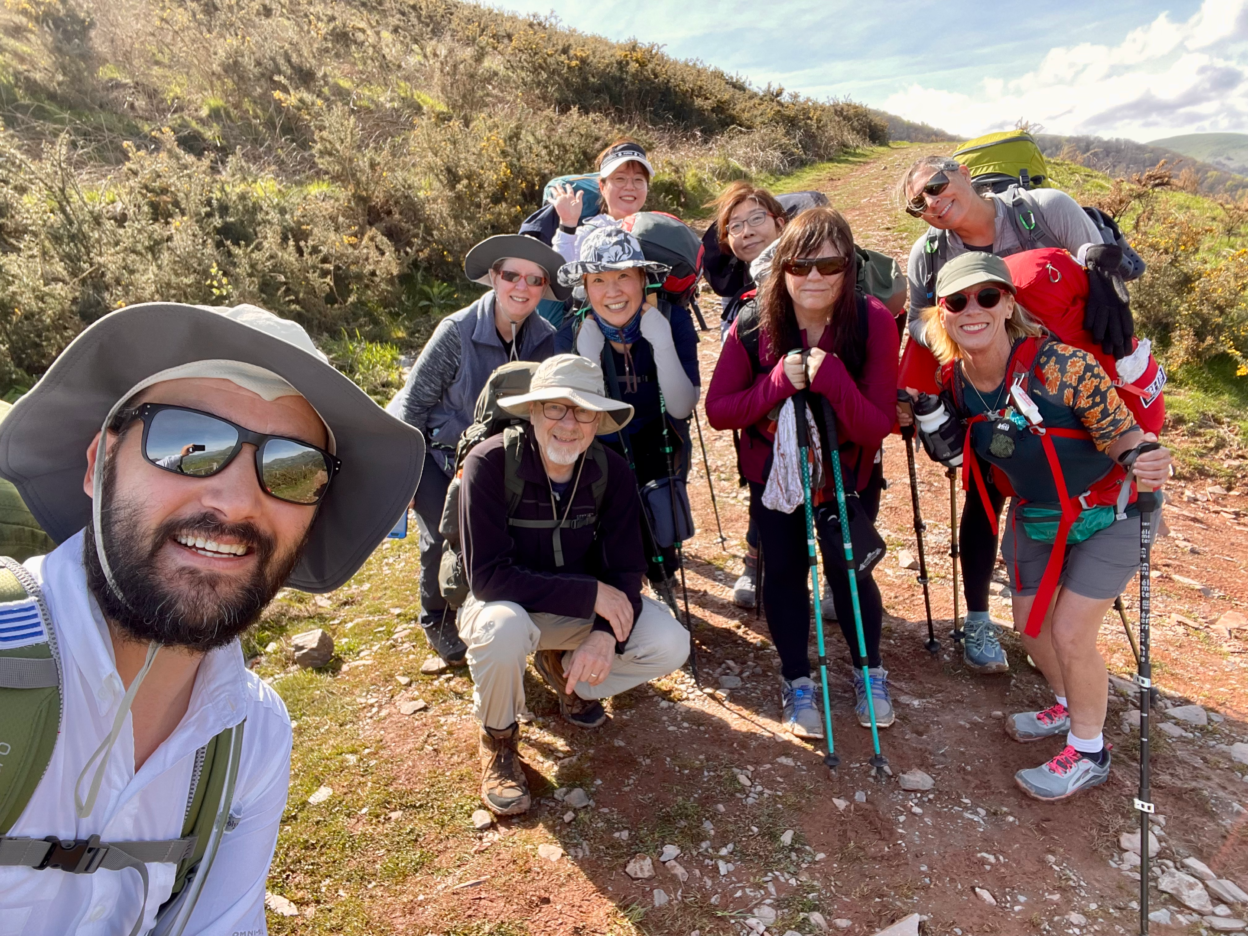
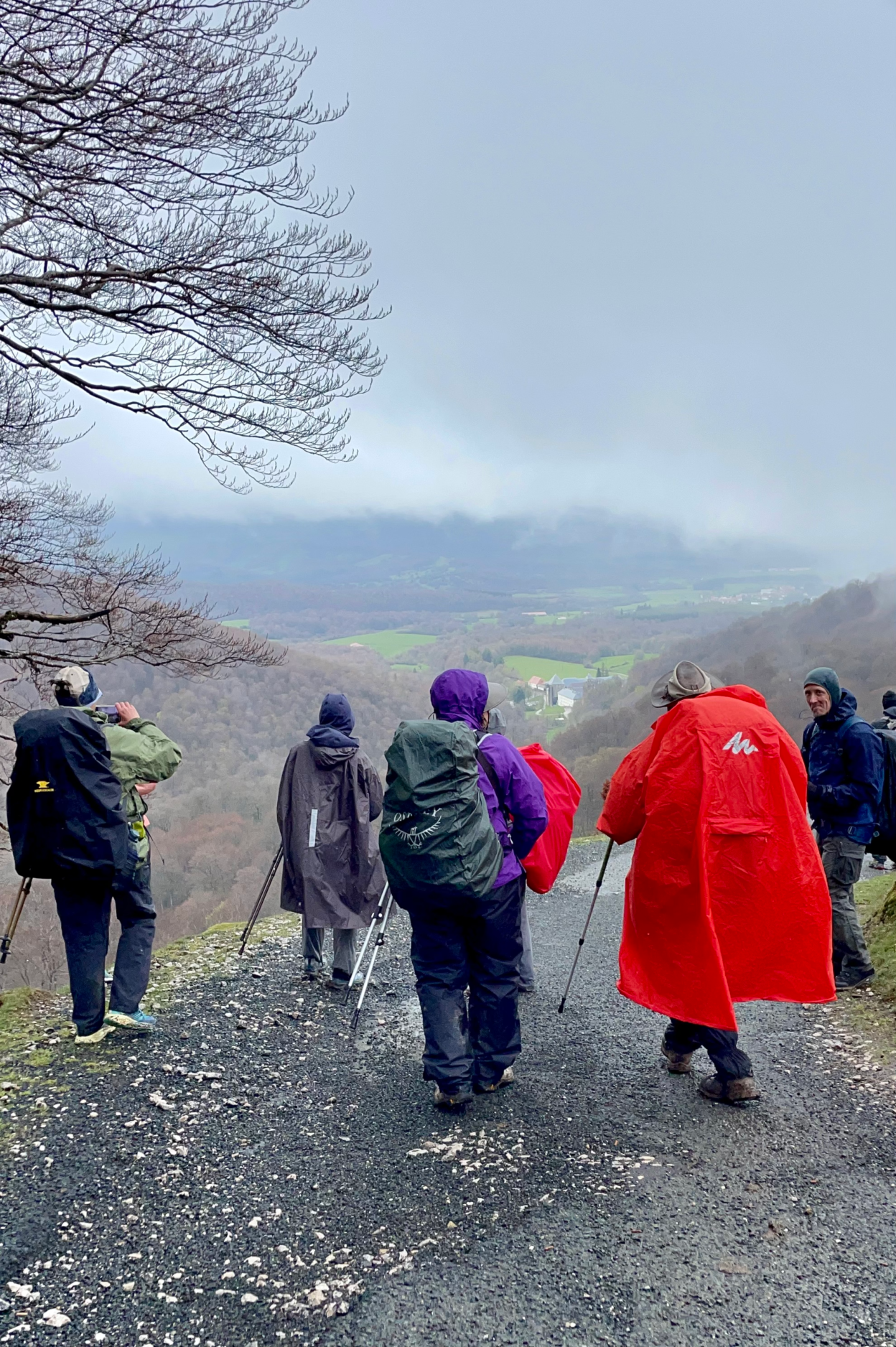
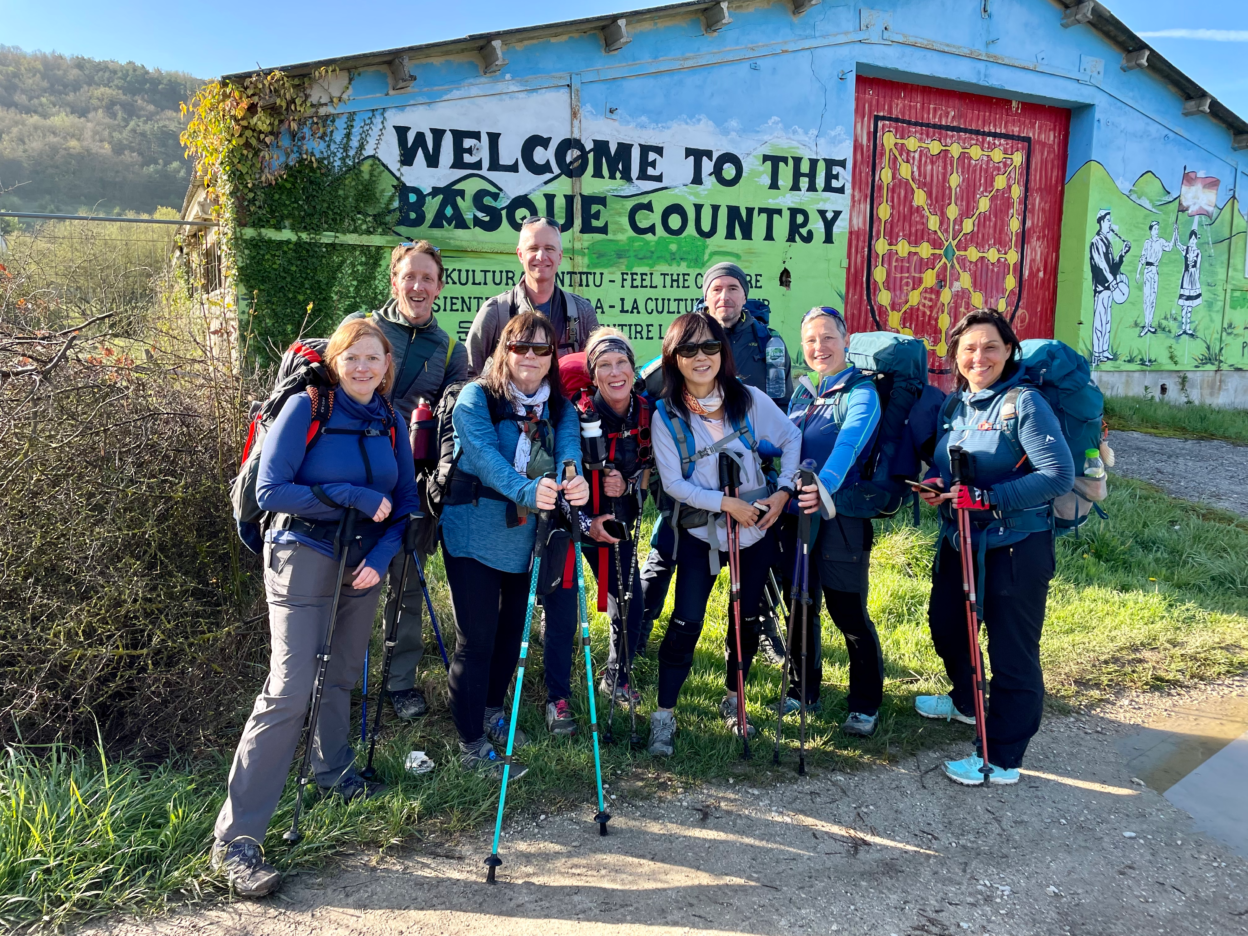


The decision made, Mina chose to begin in April, her birth month, ensuring she would be on the way on Mother’s Day. She bought her plane ticket and began researching. “It is a little intimidating to go to a foreign country by yourself as a woman,” said Mina. “I’m 62. What if I fall? What if something happens? I just kind of worked out the problems and then found the solutions. I got travel insurance. If something happens, I do have an advantage. I speak Spanish, so that was kind of nice.”
Mina also started training. At the time she was the heaviest weight she’d ever been, but she didn’t let that stop her. Through a Camino Facebook group, she found another woman who lived nearby that was traveling to the same starting point on the same date, and they walked together to get ready.
The people who walk the Camino are called pilgrims. It’s a solitary journey experienced with others – others you walk with and others you bunk with in hostels along the way. Donna wouldn’t be traveling alone. She’d have her fellow pilgrims, and she’d also be carrying on her backpack the faces of her daughter and 66 other individuals who died due to opioid addiction.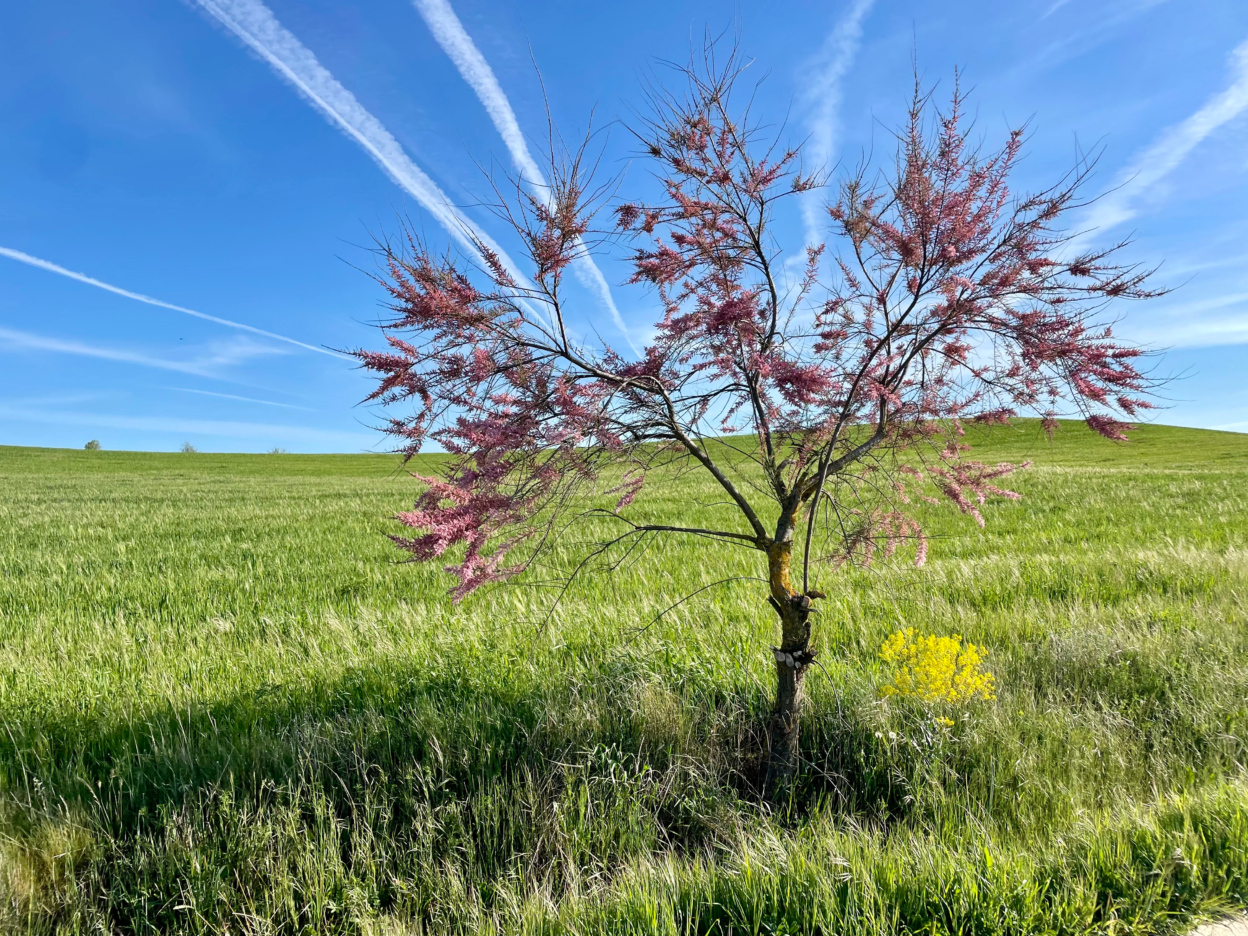
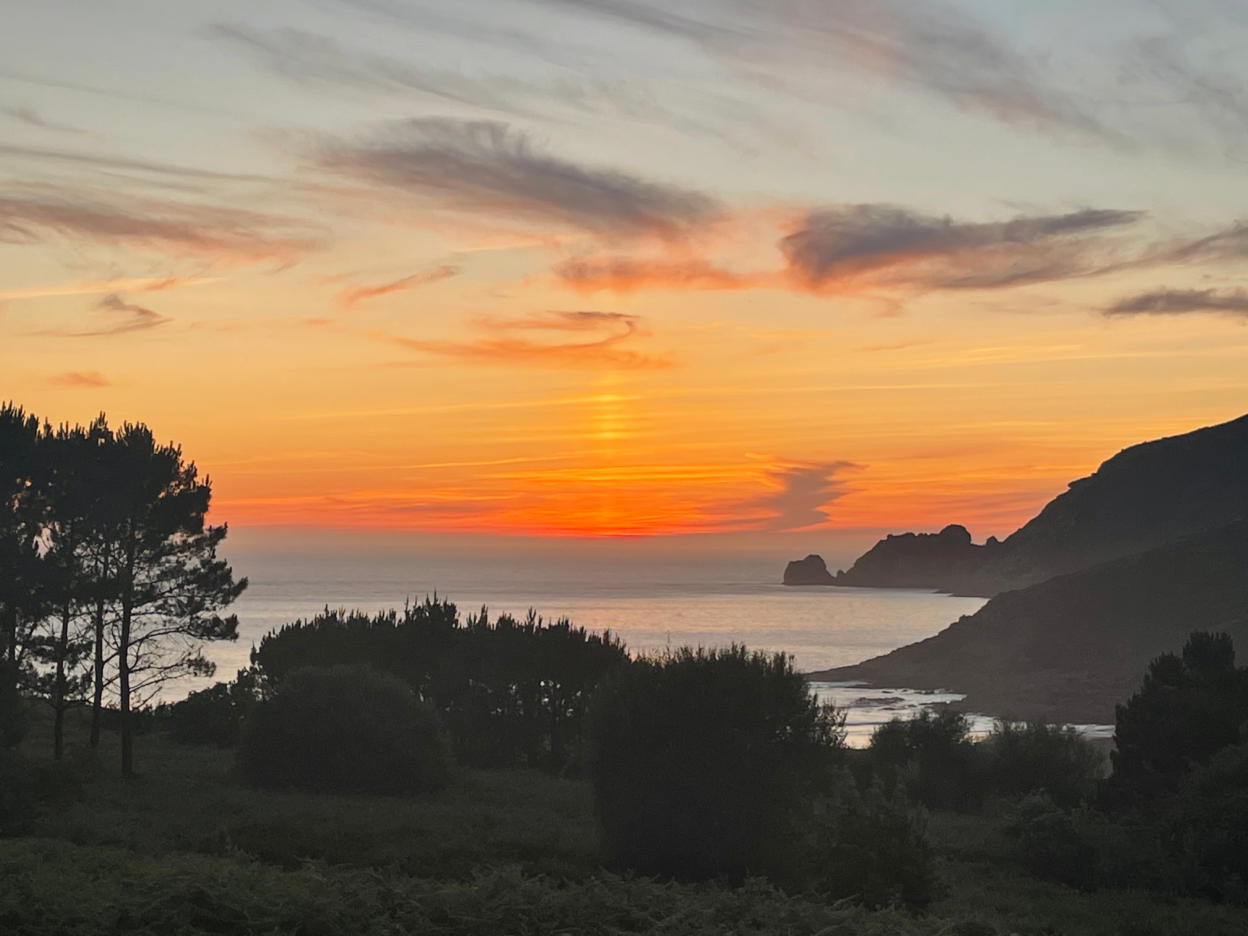
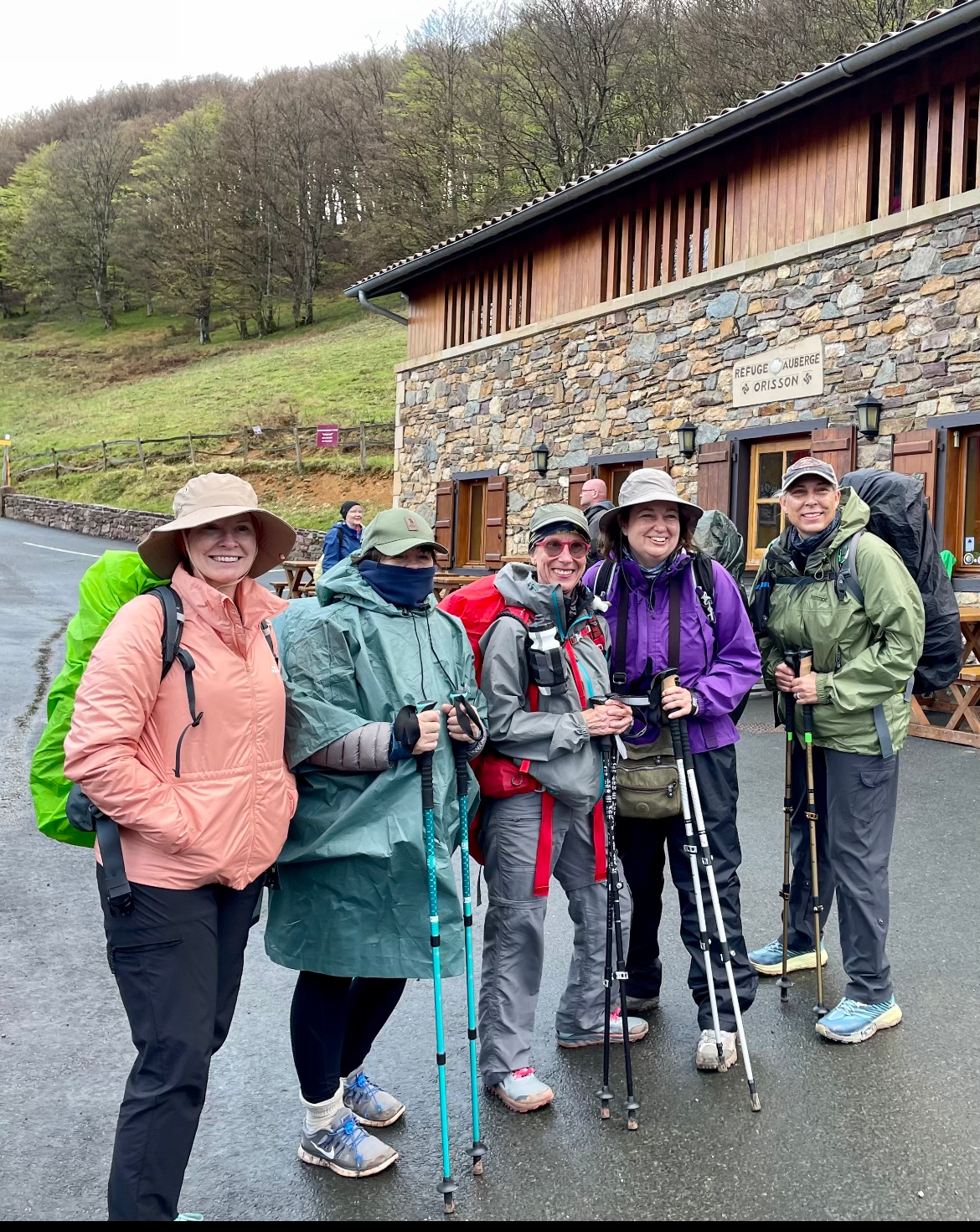
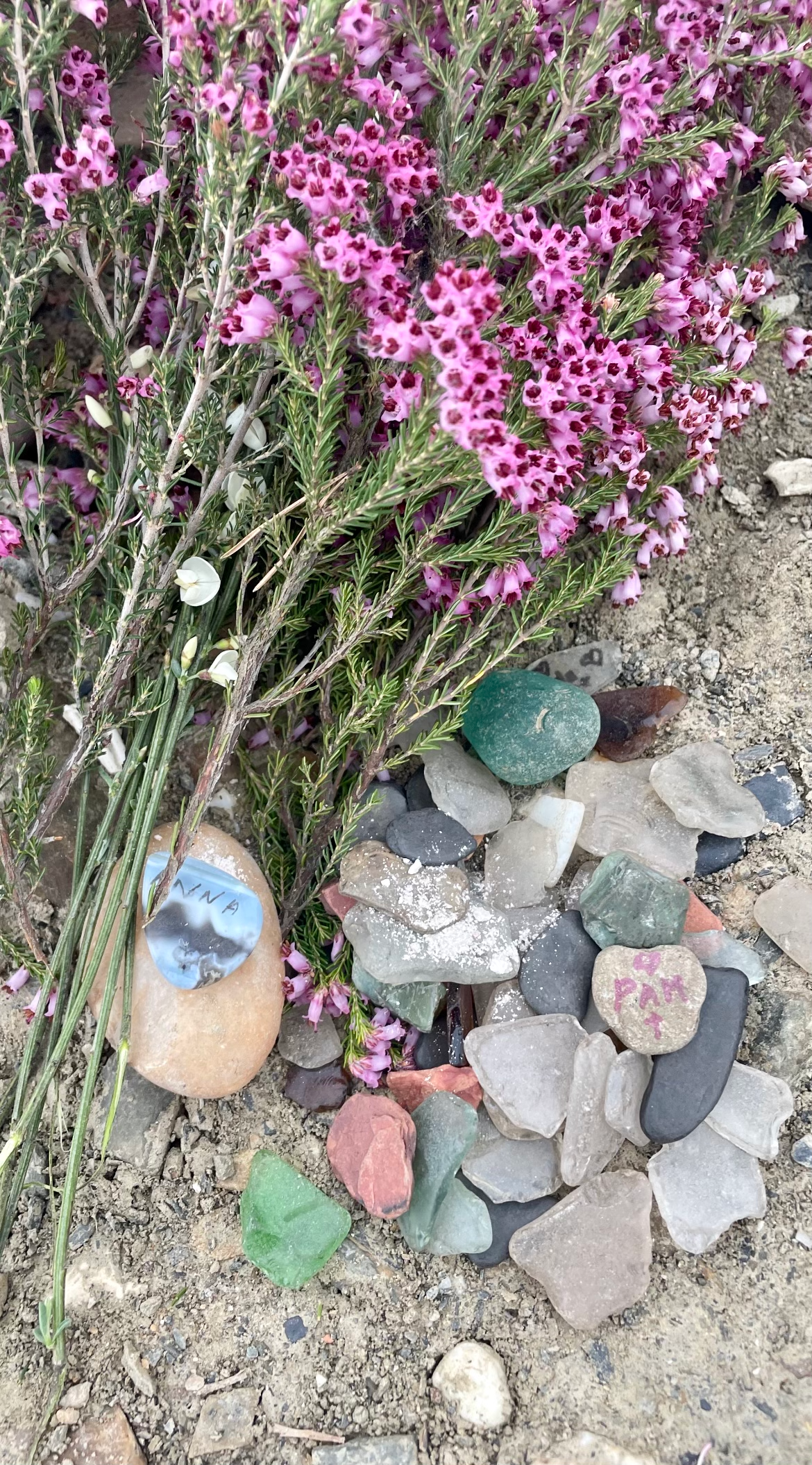

“When you lose somebody like that, especially a child, you just really want to curl up and die. And so, you wait for a few weeks and then you don’t die of natural causes. You’re like, ‘Okay, what do I do with the rest of my life?’
“The thought of having to live out your life without that person that you lost, it can be excruciating. Sometimes I’m very positive. I have a lot to live for — my grandkids and my other children. Some people will say, ‘You’re so lucky because you have four other children’, but no other children can replace that one child, that one loss.”
Anna was 40 years old when she died, with an 18-year- old daughter and 13-year-old son of her own. The second oldest of Mina’s five children, she suffered from severe depression and anxiety most of her life and eventually became addicted to opioids. Following her death, Mina joined and even helped found grief groups for those mourning the loss of loved ones due to substance abuse, with the mission of shifting the stigma surrounding addiction and lifting the burden of shame that sometimes accompanies their families’ and friends’ grief.
“We have parents that cry, that cuss, that yell, and they really say what’s on their mind. It’s really important to be able to do that and not be judged,” Mina noted. “People keep their grief inside because they’re ashamed. Not necessarily ashamed of their child, but ashamed because of the stigma. I’ve felt it. People will say, ‘Oh my God, you lost your daughter. That’s so sad. Was she sick? What happened?’ And you tell them, they’re like, ‘Oh.’
“You just see it on their face, you hear it in their voice, that for some reason, because of the way I lost her, her reason for living is diminished. She got what she deserved. It was a choice. It’s like they don’t treat it like a mental illness. They don’t treat it like a disease. A lot of education needs to be done.”
Into Light Project is a national non-profit organization dedicated to changing the conversation about drug addiction by creating public exhibitions of original charcoal portraits and individual stories of people who have died from the disease. Anna’s portrait was one of the 41 individuals included in the Florida Into Light exhibit, which was featured in the Orange County Regional History Center in 2022. Following the exhibit, Mina approached Into Light founder Theresa Clower about creating a walking exhibit and carrying the faces of those lost to substance use disorder (SUD) with her. Clower agreed and provided Mina with scans of the individual portraits she had drawn.
“I found somebody on Etsy that could take those pictures and put them into patches. So then, I thought, ‘Okay, how can I do this?’ Theresa sent me the digital file. I ordered a patch for each of the people in the exhibit, and I got a patch with Velcro on it, then I put them on my backpack. It says, ‘Ask me about Anna. Ask me about John.’
“My next thing was to go through their bios and really get to know them. Because when people asked me about them, I didn’t just want to read a generic list of things. I wanted to really get to know them as much as I could.”
Coupled with family members from other SUD grief groups, Mina ended up with 67 patches and 67 life stories. Each day she wore her daughter’s patch plus one or two others. Each day she set out walking with the intention of talking about them. The conversations came, but the content surprised her.
“Because I’m an advocate type of person, I thought, ‘I’m going to talk about the fentanyl problem and drug addiction.’ They didn’t want to really hear about that. They wanted to hear about the person that I was carrying,” Mina said. “And then, I thought, ‘That’s really what I’m here for, to humanize the numbers and say things about them, about who they were, not what they were in their addiction or how they died.’ That wasn’t important anymore.”
“It was great because when you’re grieving, they always say to say the person’s name as much as you can. And so, I would say ‘Devin’, Theresa’s son’s name, 10 or 12 times in a day, because people would stop and would say, ‘Tell me about Devin.’
“‘Oh, Devin was this. Devin was that. Devin loved to serve.’ I don’t know if it was because I set out with that intention every day, but I could swear it’s like I felt like their spirits were there with me. I just felt it.”
Mina would take pictures along her walking route each day and write a summary of the day for the family members of the person whose patch she was wearing. There were synchronistic meetings along the way. On day three of 45, Donna slipped on a muddy downhill and fell. Only her pride was hurt, and two young Germans were there to help her up. One stayed behind to walk with her. That day she had Anna and Ari’s photos on her backpack, and he asked her about them. “He confided in me that he had severe anxiety and depression and that he drank a lot and had considered using. Before he moved on to catch up with his friend, he thanked me and said he had a lot to think about. That was Ari helping someone.”
On that day she was entering the city of Ponferrada, famous for a castle built by the Knights of Templar in the 13th century, Donna wore the patch of veteran Jon Wiggins, as well as a Marine Corps patch. That prompted an hour-long discussion with a vet from Colorado who served as a medic in the Marines in Iraq and Somalia. Having seen up close the horrors of war, he was on this journey to try to deal with his severe PTSD. They talked about Jon, and he shared his frustration for the lack of understanding about PTSD, and how returning soldiers are shunned and misunderstood when they “don’t act right.”
Carrying her own daughter’s patch every day meant she answered
questions about her daughter every day. She shared about Anna’s strong personality, her naturing spirit, and her kind heart. The conversations brought her joy, and also brought the grief she’d been procrastinating to the present.
“I was confronted with it because you can only think about other things for so long when you’re walking eight hours a day. It was painful, but by the end, it helped. It cleared up a lot of thoughts in my head of guilt, the what ifs, and what could have been, and it gave me a sense of acceptance that this is it. This is what I have to deal with. Her daughter is getting ready to have a baby. So, she would’ve been a grandma in October. That too is kind of joyful, but it’s sad too.”
The Cruz de Ferro, also known as the Iron Cross, is the highest point of the French Way. Mina brought glass stones for each of the 67 people she was carrying with her to leave at the cross, along with some of her daughter’s ashes. As she approached the cross, the emotion and the symbolism of the area began to overwhelm her. Laying down her daughter’s ashes and the stones representing the others, she stood there in the cold and wind, sobbing. Then, turning to walk away, she heard a man calling her name. It was Eduardo, a fellow pilgrim she had met two weeks before.
“I’m like, ‘Who’s calling me here in the middle of nowhere?’ I turn around… and he was just standing there with his arms open,” said Mina. “I get emotional when I think about it because he was just like a true Camino angel. He just hugged me so tight. He was in tears. I never found out what his burdens were. We just hugged, then he walked on because he was a fast walker and I never saw him again. It was like he was there at the right time where I needed a hug.”
Mina averaged about 17 miles and between 35,000 to 45,000 steps daily. Her shortest day was five miles on day one, the longest, 23 miles. Reaching the cathedral in Santiago completes the Camino journey. Each place pilgrims go along the way they get a unique stamp. When they get to Santiago, they go to the official Pilgrim’s office and present their stamps. Officials check the dates and then they certify that they did indeed complete the Camino and present the pilgrim with the official compostela — a certificate stating they completed the entire Camino in Santiago.
Some travelers continue on 90km to Cape Finisterre on the Atlantic Ocean, translated “End of the Earth.” Time did not allow for Mina to walk the additional way, but she took a bus there. Finding a scallop shell, she put some of a friend’s son’s ashes & her daughter’s ashes in the shell and put it in the ocean. She gave her backpack to a young man from Nepal who had one with broken straps. She left her shoes at the last place she stayed. Her physical journey was complete, and her emotional journey would continue.
“They say that the Camino’s three things: it’s physical, then emotional, then spiritual. The first 10 days were definitely physical. I literally wanted to give up. If it wasn’t for these patches, I probably would have, because I was just physically exhausted. I hurt every muscle that I never knew I had.
“The experience, you don’t really absorb all of it until you get back. Then you start missing the simplicity. All you have to do is get up, put in your GPS where you’re walking to, think about where you’re going to sleep, where you’re going to eat, and just walk. That’s all you do. There’s so much visually. It’s just almost overwhelming.
“It’s funny because so many people you hear them say, ‘Okay, this is a one and done. I’m glad I did it, but I’m not doing it again.’ Even my friend, who said ‘I’m the sit by the pool at a resort kind of vacation girl.’ She’s already been texting me lately. ‘What are we going to do next year? Do you want to do the Portuguese (route)? When could you do it?’”
If you or someone you know needs support due to a substance abuse trauma or death, please contact grasphelp.org or reversingthestigma.com
This article is featured in the October 2022 issue of The Growing Bolder Digital Digest.


